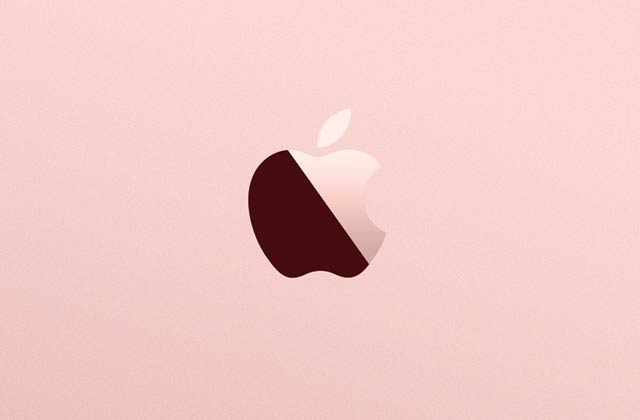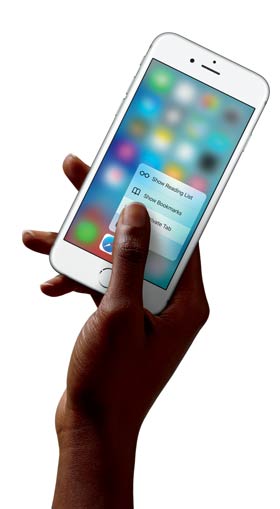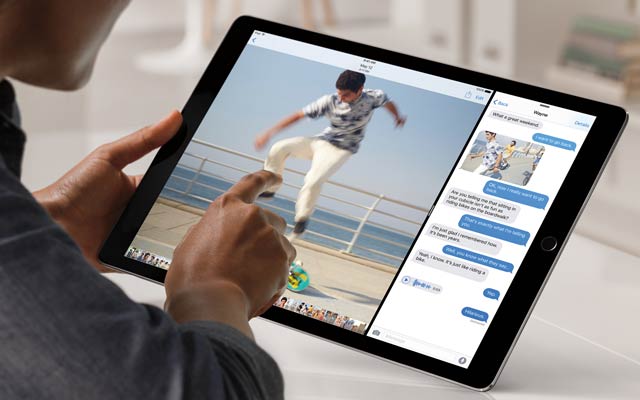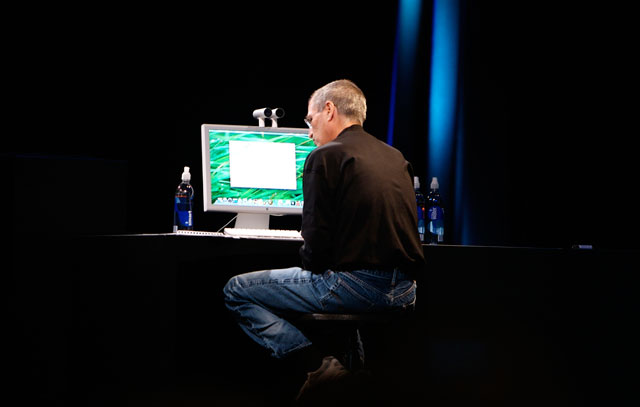
Apple keynotes have always had the air of an old-time Bible revival about them. The halls it uses may be more comfortable than a travelling tent, and the acoustics are certainly superior, but there is no mistaking the cadences of the preacher or the cries of “hallelujah!”
And, like any revival meeting, the primary theme is prophecy. One world must end so that another, better one, can begin.
Apple has stuck to this melody ever since that 1984 video about Big Brother, but before we drink the Apple Kool-Aid let’s remember that the Big Brother of that movie was IBM. They were brought low, not by Apple, but by a then-small company called Microsoft. Nearly a quarter century had to pass before reality caught up with the dream, at the 2007 keynote where Saint Steve held up the first iPhone and proclaimed: “Every once in a while, a revolutionary product comes along that changes everything.”
How right he was. It was the industry’s Sarajevo, and the old empires of Nokia and BlackBerry crumbled. Smartphones are now permanently attached to our hands. Someone should write a sci-fi movie where our champion is sent back to 2006 to warn of the changes to come. We’ll call her Cassandra.
Predicted ahead of this year’s big Apple keynote were:
- Slightly better iPhones
- A bigger iPad
- Something about Apple TV
So, not exactly a frenzy of excitement. Closest to the spirit of the occasion was the Onion, which led with a story with this headline: “Apple releases brief, fleeting moment of excitement.”
 iPhone 6s and 6s Plus
iPhone 6s and 6s Plus
The iPhone remains the goose that lays the golden eggs for Apple, dominating its revenue and profits, and remains the reason it’s the most valuable company in the world. The goose sickened a few years ago, as new Korean-made smartphones suddenly made the iPhone 5 and 5s look dinky and sad. The iPhone 6 fixed that, and it’s been a remarkable success for Apple, despite in many ways being a me-too product.
As expected, the improvements this year are incremental. The 6s and 6s Plus are a bit faster. There is a new touch “3D Touch” interface, too, which looks pretty cool. There are some new bling versions of the phone, too — pink, err, sorry, rose gold, anyone?
The improvements to the Photos app are interesting. Having coaxed my good wife, an avid BlackBerry devotee, to move to the iPhone 6 Plus, I have watched as she abandoned her beloved Canon point-and-shoot camera for the iPhone, and the quality of pictures she produces with it is outstanding. The 6s’s camera has been bumped up to 12 megapixels now, with new stabilisation technology in the Plus version. A new trick was unveiled called “Live Photos” — shooting a series of stills before and after the main pic, and blending these into some kind of moving image. It’s either what we call “video” or a “Gif”, depending on one’s taste in sarcasm. Is it revolutionary? We’ll have to wait and see. The combination of photo-sharing mania and the evolving use of social networks may make it so. Or not.
iPad Pro
As predicted months ago, there is a new, larger entrant to the badly faltering iPad range. It’s big (12,9 inches), fast (A9 processor) and expensive (US$799 for the too-small 32GB model). Much was made of the usability of the software keyboard and virtual piano at this size, serving to highlight problems with the existing iPads.
Steve Jobs once predicted that when a device needs a stylus, the designers have failed, so obviously the new iPad Pro doesn’t come with a stylus — it comes with the iPencil, and it costs $99. There is also a new fold-over case-cum-keyboard at $169. So, a MacBook Air is actually cheaper than the combination of iPad, iPencil and keyboard.

And then the big surprise of the keynote came. A Microsoft vice-president arrived on stage, introduced because “these dudes (Microsoft) know productivity”. Wow. The Twittersphere franticly Googles “microsoft apple keynote” and reveals with shock that Bill Gates had been there before, talking about how well his software could work with Apple hardware. In 1997. History repeats.
In summary, then, Apple has launched the Microsoft Surface tablet. With an optional, $99 pencil.
The rest
Finally, there’s a new Apple TV. It gets apps, a new Bluetooth remote and a few new channels. There’s an API for game developers, and the remote is motion sensitive, and responds to voice commands.
So, Apple just launched the Nintendo Wii (with Siri). If you have used Siri, you can decide if this is a good thing or not.
Oh, and Apple Watch gets a software update, plus a new health app confusingly named AirStrip. The focus seems now to be on health, anyway. This may be a good call, as the Watch has needed single, compelling idea to get it out of the starting gates. There is also new bling, including bands from Hermes, which is a very bad omen. Coming soon: Apple Watch with Swarovski diamonds!
On Apple Music there was a deafening silence.
In summary
The market was unimpressed, with Apple shares falling nearly 2%, though it must be said that this is pretty standard for an Apple keynote, where expectations usually overwhelm reality. In today’s market, who can tell?
Apple remains dependent on shipping more and more iPhones given that there is no obvious big category killer in the wings. In itself this is not newsworthy, and has been the case for most of this decade.

Indeed, the company retains the dominant spot at the high end of the market, while poor Samsung is squeezed by good quality cheap handsets. Apple also retains the key competitive advantage: the ability to get lots of dedicated fans around the world to pay over the odds for their phones. The vast cash pile grows vaster, leaving space to find the next killer product before its phones become mere commodities.
Meantime, the real story remains Apple’s extraordinary power to influence the media. This one, cheap (in the scheme of things) keynote has already generated worldwide media exposure worth billions of dollars.
The Apple hype is not a bug, it’s a feature.




